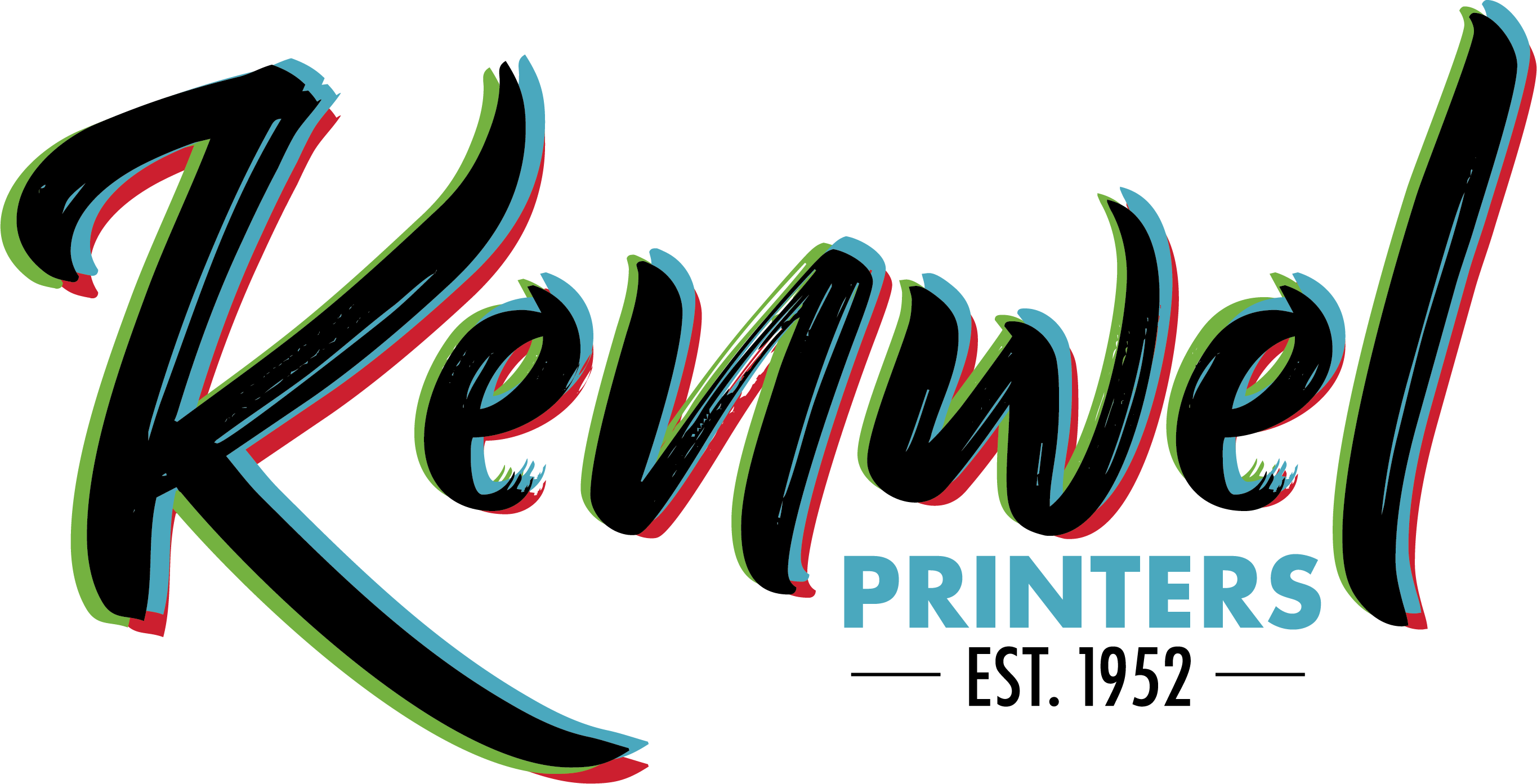There are literally thousands of type fonts available, and no printing company has them all. When you design something on your computer with a particular font, which is essentially a file that is applied by your software to the text selection chosen, there is no guarantee that the printing company will have the same font file. Luckily, font files can travel with their creations for the purposes of replicating designs for print. Over 20% of all prepress production issues involve some aspect of improper font preparation, so we’ve gathered some helpful information to guide you.
I. Font Substitutions & How to Avoid Them
Even when using very common typefaces, be aware that there are several font foundries that make the exact same font, using the exact same name. Substituting fonts with the same name, but created by different font foundries, can sometimes cause problems at the print shop. For example, we might substitute our version of Helvetica Italic for another version of Helvetica Italic. These font substitutions are usually insignificant, but occasionally tracking (that is, the spacing between each letter within a word, also called font spacing) can change enough from foundry to foundry to throw the ending of a sentence into a photo or illustration. Suddenly, that beautiful design is amiss, and we may not know what the intended result was originally.
Include Your Fonts — There are three solutions to avoiding font substitution with your printing project:
- Outline Your Fonts – Adobe Illustrator®, Adobe InDesign® and other page layout programs have a method of turning the type fonts into objects or outlines that are no longer a type font. Before applying this option, you will want to make a copy of the digital file first, as the typesetting will no longer be editable once outlines are applied to the document. This method will eliminate any possibility of a font problem without losing any quality, such as rasterizing the art.
- Supply Your Fonts with your Design – Many design programs can automatically collect all of the fonts used in the document and package them in a folder to supply to our Prepress Department. Although fonts carry copyright licenses, all fonts with few exceptions can be provided to a printer for production purposes.
- Make a PDF – There are many advantages of making or exporting a print-quality PDF of your finished artwork. One of these advantages is that all of the fonts are embedded into the PDF file, so that the project looks exactly as you designed it. Very simple and it provides us a great example of the finished piece.
II. Use the Actual Font to Style your Text, Not Style Attributes
NEVER use the “style” commands in your layout file to make fonts bold or italic. ALWAYS use the actual bold or italic font. What this means is: when you are formatting your type, and you want something to appear bold or italic, DO NOT click that little “B” or “I” button! Go to your font menu and choose the bold or italic version of the font. Rule of thumb: If the bold or italic option of your font is not there in your font menu, then you probably do not have it … and we will not be able to print it. The good news: fonts can be purchased and added to your computer. If you are missing a particular style you require, purchase it from a reputable online font foundry and add it to your font folder. We can help make suggestions if needed.
Have further questions for Prepress?
Call 614.261.1011 or send us email via our Contact Us form. Check first, design once! Call before you start and you’ll be on the right track to a wonderful product.
